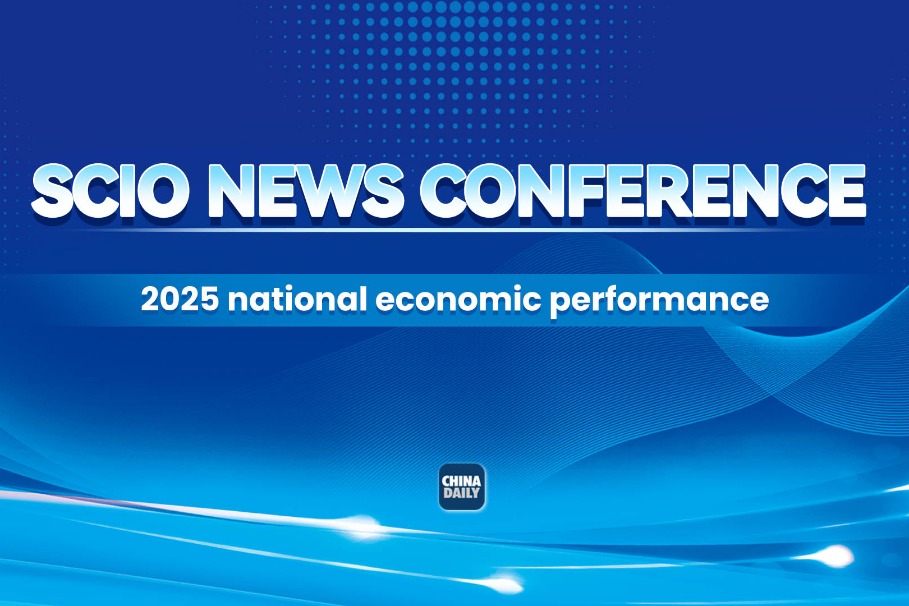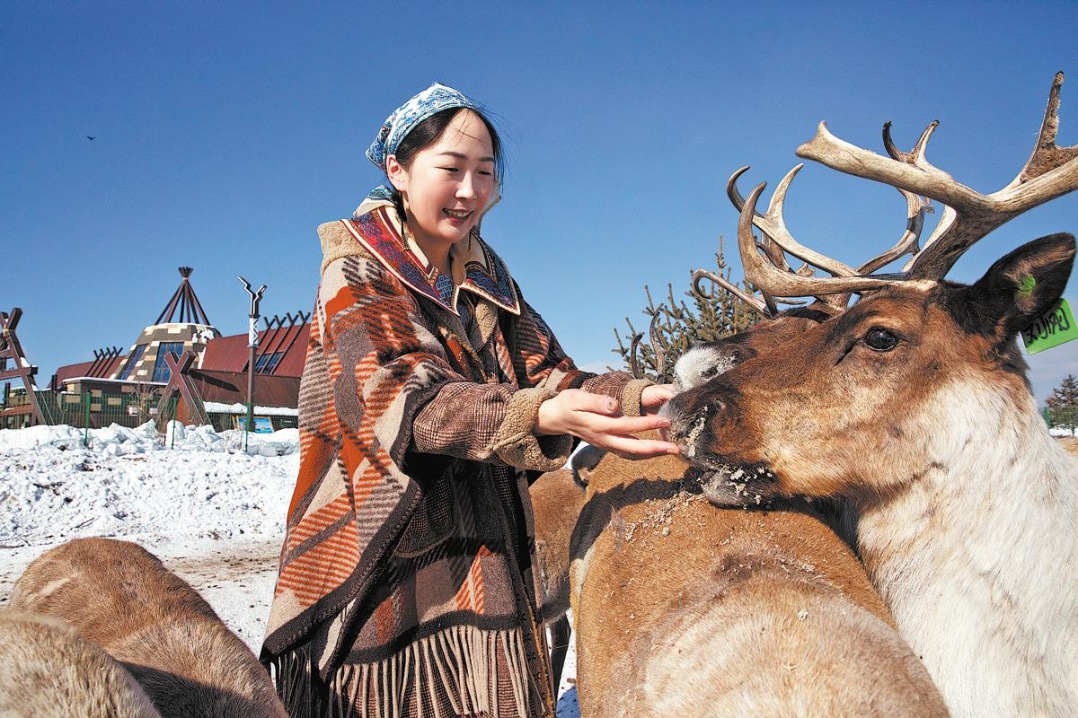Before airlines take to the skies again, assess their role in climate change
By Peter G. de Krassel | China Daily | Updated: 2020-05-13 07:32

As health measures such as air travel restrictions are being relaxed in countries amid the novel coronavirus pandemic, I wonder what airlines will do to recoup losses when people, in the millions, begin to travel again. Would they pack passengers to the maximum, like sardines, as they used to do in the pre-pandemic days?
Seating passengers at a certain distance would be a good idea, but it would require re-configuring seats which will reduce airlines' revenue. Testing passengers' temperature before they board the flights and at arrival terminals, too, would be positive first steps, though they would somewhat inconvenience passengers.
Forcing passengers to wear face masks and gloves during the flight may not be of much use because passengers will have to remove them when they eat or drink. Banning meals and allowing only drinks, including nutritious drinks, would be an excellent cost-saving solution for airlines-but I am not sure if a person like me could endure such a journey.
As a matter of fact, even if all these measures are introduced, healthy travel may not be assured. The most significant danger would be an asymptomatic passenger on board. In such a situation, the virus could spread inside the cabin and pollute the ventilation system. Anything the virus carrier touches-seats while walking through the aisle to the toilet, toilet doors, seats, sinks, soap dispensers and food trays-could become virus hot spots.
The air inside a plane is said to be the cleanest as it is "renewed" during flights. Yet it is not-as discussed in my 2004 book Custom Maid Spin for New World Disorder: "No-smoking flights are marketed as healthier because of the adverse effects of secondary smoke. The reality is non-smoking flights are unhealthier because the airlines vent the planes less during non-smoking flights to save fuel. In fact, studies show healthy passengers have been infected with tuberculosis and other infectious diseases on non-smoking flights. Airlines save as much as 25 percent of their fuel costs on non-smoking flights. The result is non-smoking flights are at least no healthier than smoking flights because of the germs passengers inhale. Every passenger with a cold, flu and God knows what else, shares it with fellow high fliers."
Opening the aircraft's air vents to let fresh air circulate through the cabin every 20 minutes-which the airlines used to do when smoking was allowed on flights-will go a long way in reducing virus transmission, as it would blow any viruses and droplets in the planes ventilation system out. It will surely increase the costs for the airlines, but it still is a necessary health measure.
Governments need to be firm, too. The conditions that airlines should comply with for receiving government grants and loans must include fresh air circulation every 20 minutes on all flights, in addition to physical distancing and requiring all passengers to wear face masks and gloves.
Before the airlines take to the air again, they must take all necessary measures to minimize the chances of viral infections on flights, as well as reduce carbon emissions, which is a leading contributor to climate change. Last year, according to my research, air travel increased by an estimated 5 percent, or more than 300 percent since 1990, to over 9.1 trillion kilometers. And a long-haul flight generates more emissions per passenger than the average person in Uganda, Somalia and many other developing countries generates in one full year.
The aviation industry pays low or no taxes on aviation fuel, which gives it a competitive advantage-mostly low airfare-over other modes of transport. Unless taxes are imposed on aviation fuel, and aviation is included in an emission-trading scheme and other emission-control programs, aviation emissions by 2050 could add up to nearly, if not all, the CO2 emissions permitted to keep global temperature rise at 2 Celsius or below.
Therefore, before airlines are given grants or loans, and before they take to the skies again, their role in accelerating climate change must be addressed to ensure the survival of the human race.
The author is a strategic analyst, contemporary social commentator and author of Custom Maid series of books and blogs. The views don't necessarily reflect those of China Daily.
























